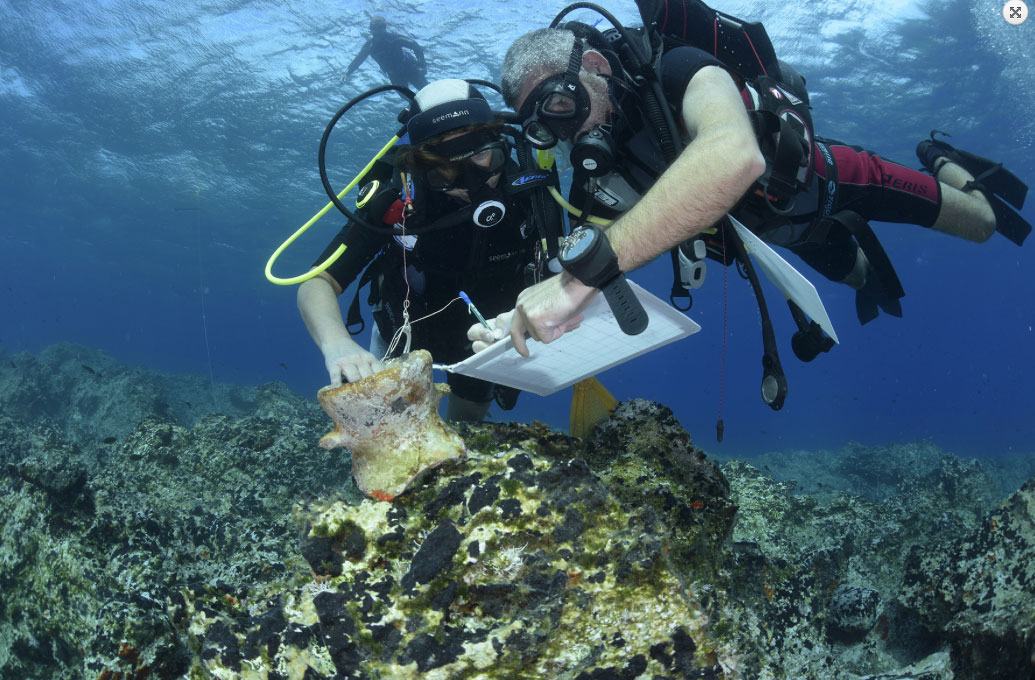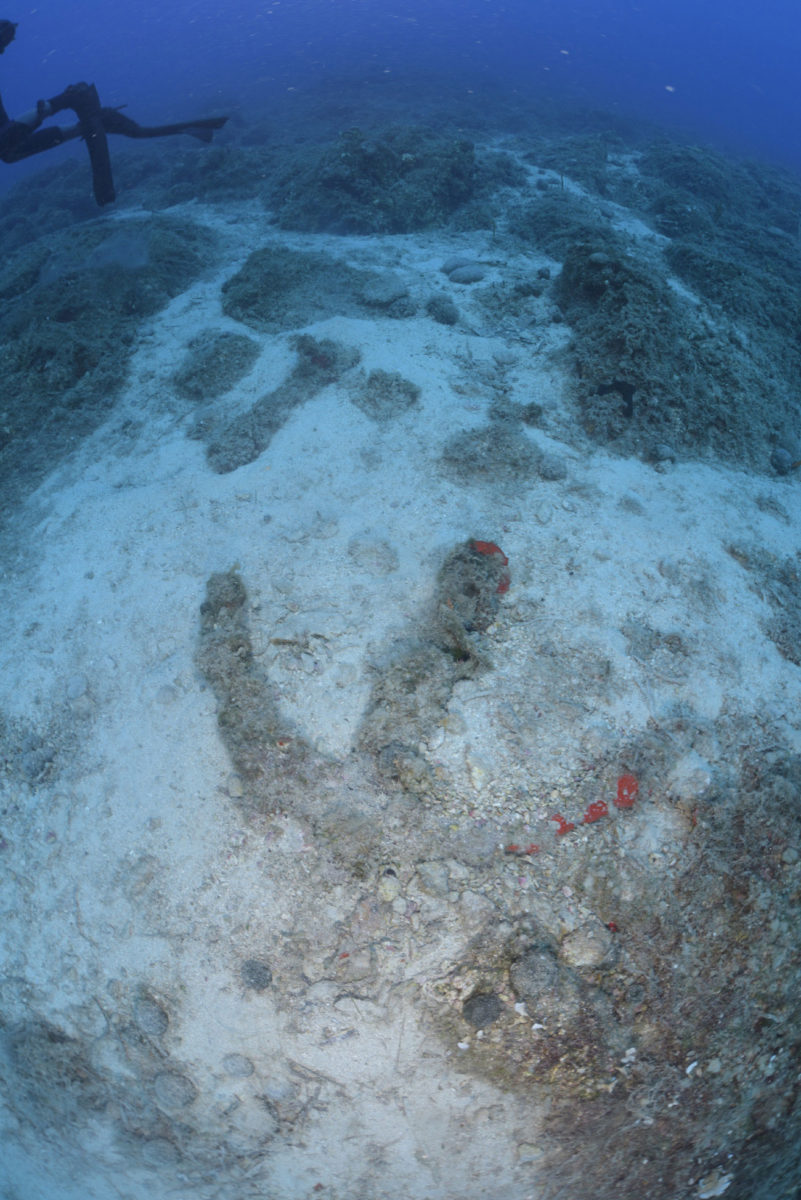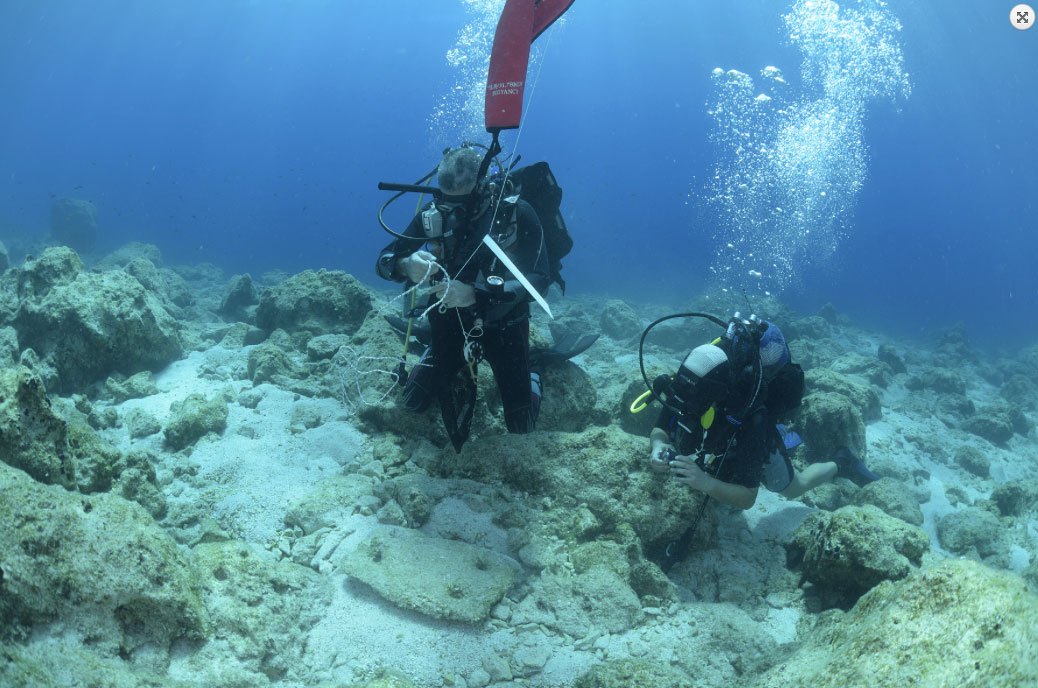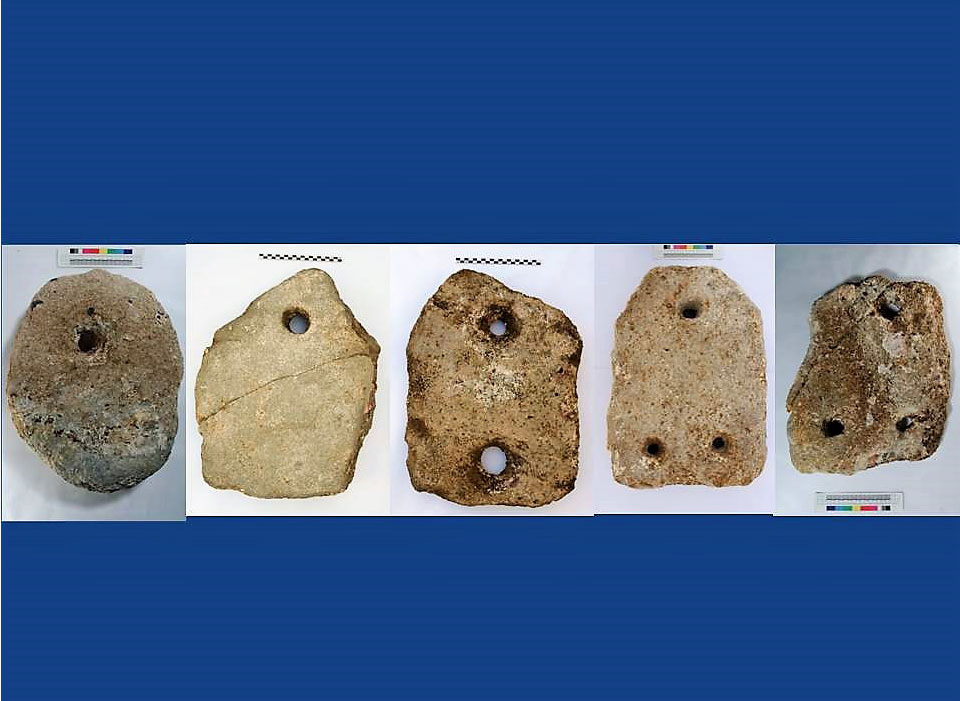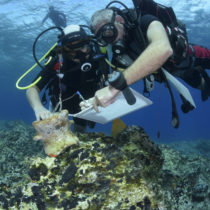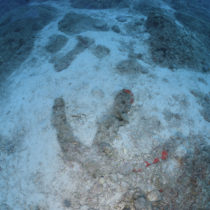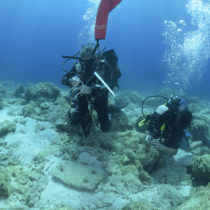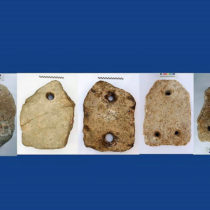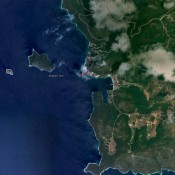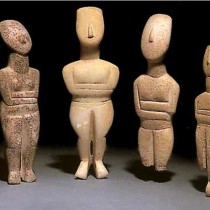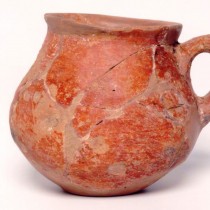An underwater survey along the south coast of Naxos was conducted for the second year running by the Ephorate of Underwater Antiquities in collaboration with the Norwegian Institute at Athens, as part of a three year collaborative programme. As mentioned in a relevant announcement by the Ministry of Culture and Sports, the survey is particularly interesting since it is the first time that the underwater area of south Naxos from Alyko to Panormos is being explored systematically. This is an isolated region, ideal for the exploration of harbours that remain largely unharmed by modern interventions.
The programme’s basic aim is to record and map the anchoring sites from Ancient and Byzantine times. This year’s survey lasted from the 18th to the 29th September 2017 and based on the results of the previous research period of 2016, it focused on sites of a heightened interest.
Specifically, 5 stone anchors were pulled up from the Agios Sozon Bay, southeast of the Moni Peninsular as well as examples of ceramics to be diagnosed, such as an amphora of the Late Classical period, utility vases from the Classical period, the whole section of a clay conduit of the Late Roman/Byzantine times et al. which indicate that the natural harbour was used for anchorage from the Archaic to the Byzantine period. Iron anchors were also found in the same bay as well as anchor components (tows).
In the Andrios bay, ballast was found and fragments of ceramics that are evidence of activity from the Roman and Late Roman times.
In the Panormos bay there are 15 piles of ballast which prove that ships were being loaded and unloaded in the region, while the ceramic finds point to the use of this location mainly during the Roman and Late Roman period.
Lastly, in Tourkospelia, to the west of the Panormos Peninsular, a new site was located with a rich ceramic assemblage. The objects pulled up (mainly amphorae) date from the 1st c. BC to the Late Roman and Byzantine times.
The research programme will yield fresh data on how isolated districts, without obvious coastal facilities, were connected with the sea and by extension with the world of the Mediterranean. It can also give new information on unknown coastal locations that were used as links between the settlements of the island’s hinterland and the sea. The study will reveal whether these natural harbours were only used by specific settlements at specific times or whether they remained unaffected by habitation changes in the inland settlements.
The research was carried out under the direction of the Head of the Ephorate of Underwater Archaeology, Dr. Angeliki Simosi, while the diving architect engineer, Aikaterini Taggonidou was responsible for conducting the scientific research in the field. On the Norwegian side, the research director was the archaeologist Dr. Sven Ahrens, Curator of the Oslo Naval Museum. Special thanks are due to Messrs. Manolis and Yannis Bardanis, for the help and suggestions they offered during the survey.
